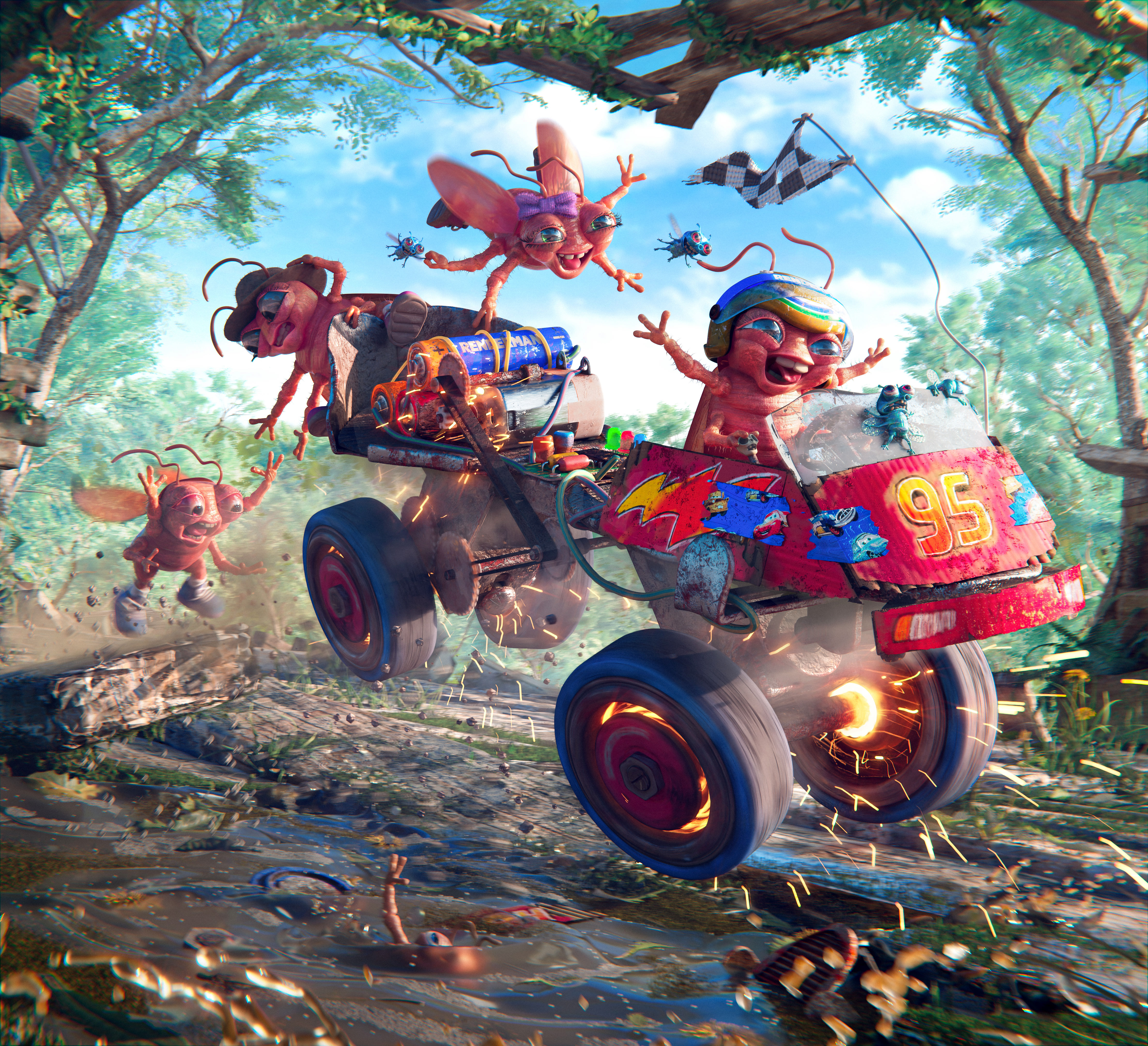
“To adult” is to complete your to-do list — but everything goes on the list, and the list never ends.
I wanted to convey the feeling of burn-out that Millennials feel by drawing inspiration from two parts of the article: the never-ending to-do lists that Millennial adults have and the fact that as they continue to do each of the tasks on their to-do lists they keep adding upon these, sometimes just to survive, in the form of second jobs or in incurring more debt in the pursuit of higher education or additional degrees, yet the hard work never truly pays off, as they don't seem to materialize in real benefits or financial stability. Nevertheless, they continue to carry on in spite of feeling drained, exhausted and being worse off than their parents' generations. The vision that came to mind from this reminded of the Myth of Sisysphus, where the main character is cursed to push a boulder up a hill for eternity without ever reaching the top. To convey that burn out is a shared experience by a generation affected by many outside factors, I created an illustration of working professionals as wind up dolls going up a never ending spiral staircase. The never-ending spiral staircase is symbolic of the never ending to-do lists and the way it feels Millennials never truly reach milestones that in their youth were told would be acquired through higher education and hard work especially at this point in their lives. In this image, these wind-up doll professionals never truly reach the top of the staircase, as the spiral staircase never truly ends. The shape of the spiral staircase further reflects the feelings of despair and being stuck in a loop. The wind-up doll professionals are glitched out in their bodies and in their faces, to reflect both the feelings of burn out and their decision to keep going in spite of their declining mental health and inability to materialize the fruits of their labor.
This illustration has some layers to the styles, as I wanted it to be a combination of a painting, illustration and a bit of a photograph. The base assets were obtained by playing around Adobe Firefly, and taken to Photoshop to be filtered multiple times using Posterize, Gaussian Blur, Grain, and watercolor filters. A charcoal, a gritty texture and a image of static were added on top of the staircase picture and changed to be Soft Light and Overlay layers, as well as decreasing the opacity for these.
The wind-up doll professionals were filtered using the Grain filter effect, and painted over with colors set to lower opacities (between 20%-35% opacity). The colored clothes were added for additional contrast from the dark background and to create visual interest. A mask of a TV glitch image was added on top of their faces to convey their mental exhaustion. The wind up on their backs was an picture that was cut and filtered using Poster Edges to make it look more like an illustration. Overall, there were further edits on brightness, contrasts, curves layer edits, and an additional purple square overlay was added to give more color to the staircase.
This illustration has some layers to the styles, as I wanted it to be a combination of a painting, illustration and a bit of a photograph. The base assets were obtained by playing around Adobe Firefly, and taken to Photoshop to be filtered multiple times using Posterize, Gaussian Blur, Grain, and watercolor filters. A charcoal, a gritty texture and a image of static were added on top of the staircase picture and changed to be Soft Light and Overlay layers, as well as decreasing the opacity for these.
The wind-up doll professionals were filtered using the Grain filter effect, and painted over with colors set to lower opacities (between 20%-35% opacity). The colored clothes were added for additional contrast from the dark background and to create visual interest. A mask of a TV glitch image was added on top of their faces to convey their mental exhaustion. The wind up on their backs was an picture that was cut and filtered using Poster Edges to make it look more like an illustration. Overall, there were further edits on brightness, contrasts, curves layer edits, and an additional purple square overlay was added to give more color to the staircase.
"Yet the more work we do, the more efficient we’ve proven ourselves to be, the worse our jobs become: lower pay, worse benefits, less job security. Our efficiency hasn’t bucked wage stagnation; our steadfastness hasn’t made us more valuable. If anything, our commitment to work, no matter how exploitative, has simply encouraged and facilitated our exploitation. We put up with companies treating us poorly because we don’t see another option. We don’t quit. We internalize that we’re not striving hard enough. And we get a second gig."





